How to use a hand mixing paddle? |
||||
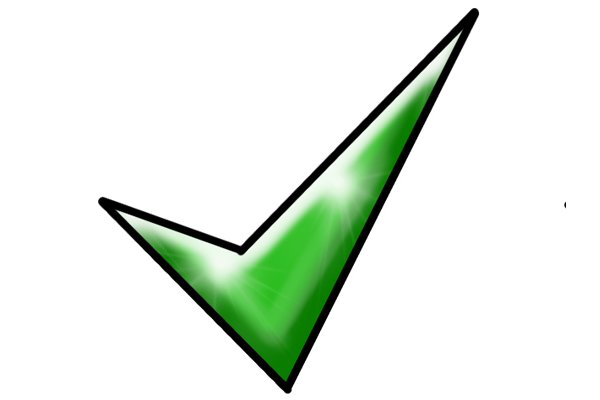 |
Step 1 – Choose mixerThe first step is choosing the correct mixing paddle depending on the material that is going to be mixed. For example, you do not want to be mixing a cement mix by hand. For more information, see How to choose the right mixing paddle for your material? |
|||
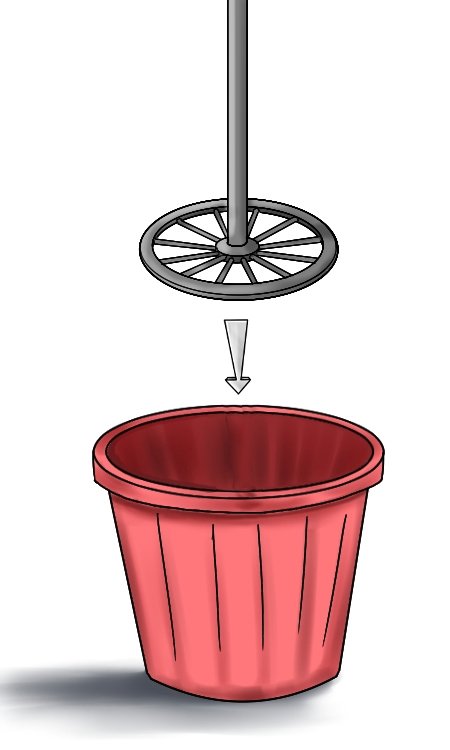 |
Step 2 – Prepare mixtureFirst make sure you know the material you are mixing and how to apply the mix. Once this is clear, proceed and place the material to be mixed into a clean bucket. |
|||
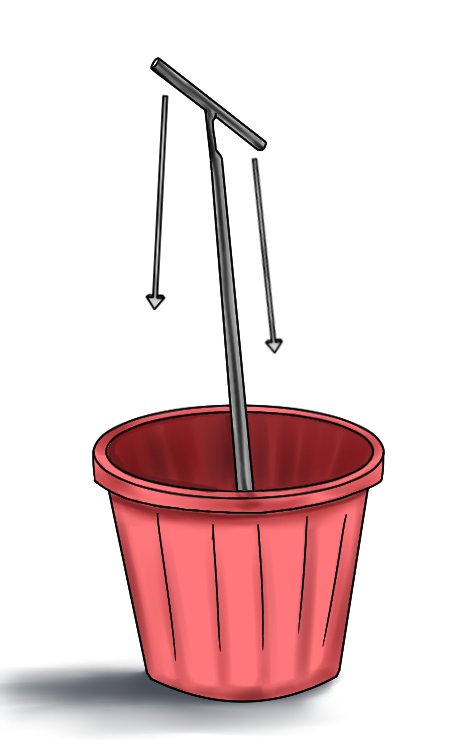 |
Step 3 – Find a comfortable positionPosition yourself above the bucket, standing with your feet on either side. |
|||
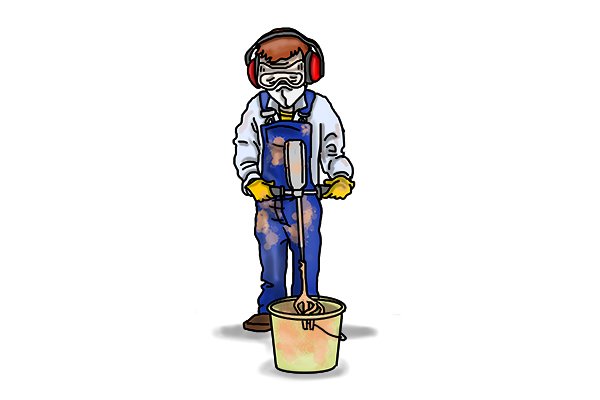 |
Step 4 – Begin mixing processPosition the mixing paddle, holding the handle firmly. Apply a downward pressure to push the mixing wheel from the top to the bottom of the mix. Pull the wheel back to the top of the mix, repeating this movement until the water and plaster are mixed to create a thick texture. |
|||
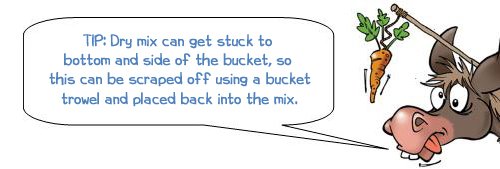 |
||||
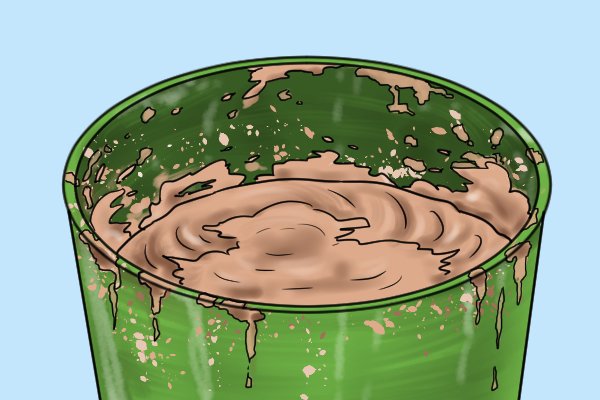 |
Step 5 – Continue until smoothOnce the material has become around double its volume with there being no lumps or dry mix visible then the material is ready and the job is a success. |
|||






